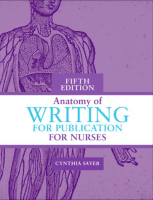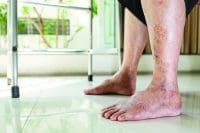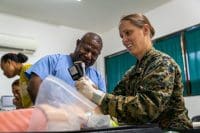Overcoming the fear of floating
“Tips for floaters” (March 2010) accurately described the floater’s dilemma. By showing both sides of the coin—the floater’s and the staff nurses’ on the floater’s unit—the article opened my eyes to other viewpoints and eased my fears about floating. I used to get anxious whenever I saw that my unit staffing ratio was high, because that meant I might have to float for that shift. But I don’t fear floating any more. I’d like to thank the author for her guidance on how to cope with floating.
Nita Roy, RN
Brooklyn, NY
Are we neglecting simple ways to prevent infection?
Three cheers to Teresa Ellis Jarnagin for her excellent advice on preventing hospital-acquired infections, which have become a major health problem (“MRSA: A growing threat in both community and healthcare settings,” June 2010 online issue, available here). Florence Nightingale pointed out that the hospital “should do the sick no harm.” As nurses, we hold the key to infection control. Yet many of us neglect simple measures, such as rigorous handwashing, and have become overly lax in letting visitors and staff wear street clothes onto patient units. I hope this article is read widely.
Rheba de Tornyay, EdD, RN
Seattle, Washington
More emphasis needed on cardiac rehab
Your online article “Attacking anterior-wall myocardial infarction in time” gave useful information. But I was a bit disappointed in the patient teaching section. Patients who have experienced any cardiac event must get their cardiologist’s clearance to exercise and should attend a cardiac rehabilitation program. Patients in these programs gain strength, are monitored for heart disease risk factors, and obtain emotional support as well. But only about 20% of patients who are eligible to attend a cardiac rehab program do so. Cardiac rehab should to be part of discharge teaching, and an appointment for it should be made before the patient leaves the hospital.
Sue Stoltzfus, BC, RN
Lancaster, PA
We welcome your comments. You may submit letters to the editor electronically by clicking here, or by mail to: Letters to the Editor, American Nurse Today, c/o HeatlhCom Media, 259 Veterans Lane, 3rd Floor, Doylestown, PA 18901. Please include your full name, credentials, city, state, and daytime phone number or e-mail address. Letters should contain no more than 250 words and will be edited for grammar, length, content, and clarity. All letters are considered American Nurse Today property and therefore unconditionally assigned to American Nurse Today.


















